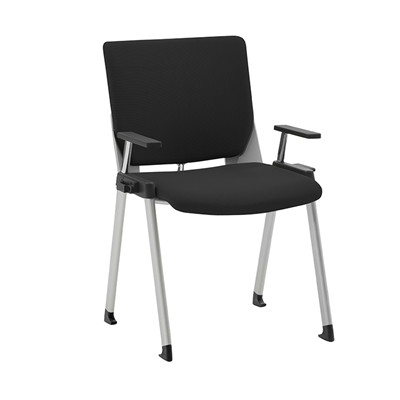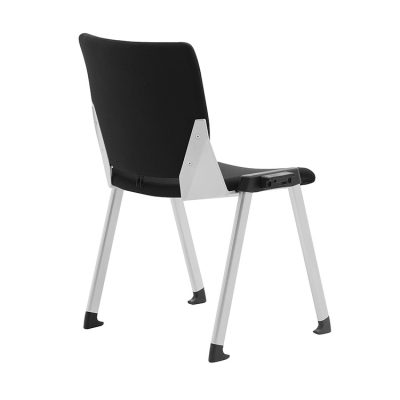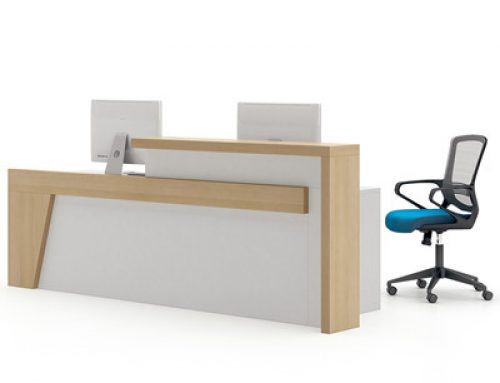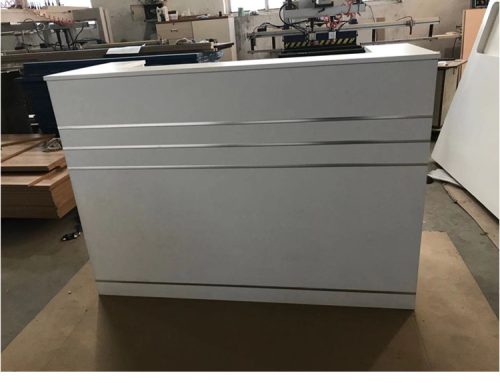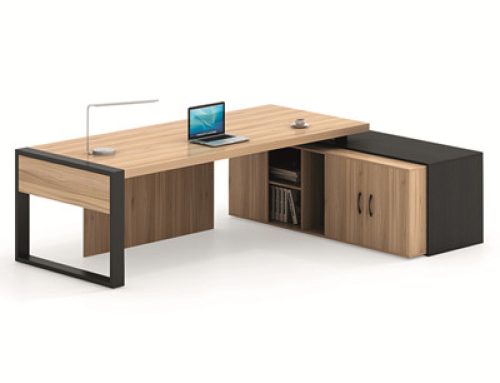Technology is significantly impacting office chair trends by driving innovation in design, materials, features, and customization options. Here are some ways in which technology is changing the landscape of office chair trends:
- Ergonomics and Customization: Advanced technology allows for precise ergonomic adjustments tailored to individual needs. Chairs can now be customized for factors like lumbar support, seat depth, and armrest height, enhancing comfort and well-being.
- Smart Chairs: Some chairs are equipped with sensors and technology that monitor the user’s posture and movements. These chairs can provide real-time feedback and reminders to maintain a healthy sitting posture.
- Connectivity: Integration with digital devices is becoming common. Chairs can include charging ports, wireless charging pads, and USB ports to keep devices powered and accessible while working.
- Built-in Gadgets: Chairs with built-in gadgets like adjustable headrests, massaging features, and even built-in speakers or headphones are becoming more prevalent.
- Materials and Durability: Technological advancements in materials science are leading to the development of stronger, more lightweight, and durable materials for chair construction.
- Design Innovation: CAD (Computer-Aided Design) software allows designers to experiment with unique shapes, forms, and materials, resulting in chairs that are not only ergonomic but also aesthetically pleasing and distinctive.
- Sustainable Materials: Technology is enabling the use of sustainable and eco-friendly materials in chair manufacturing, aligning with the growing emphasis on environmental responsibility.
- 3D Printing: 3D printing technology is being utilized to create complex chair components with intricate designs, offering new possibilities for aesthetics and functionality.
- VR and AR Integration: Virtual Reality (VR) and Augmented Reality (AR) technologies are being incorporated into chair design processes, enabling designers to simulate user experiences and make data-driven adjustments.
- Wireless Control: Chairs equipped with wireless controls allow users to adjust settings via smartphone apps or remote controls, enhancing user convenience.
- Thermal Comfort: Some chairs now integrate heating and cooling elements to maintain optimal temperature, enhancing overall comfort.
- AI Integration: Artificial Intelligence (AI) is being used to analyze user preferences and behaviors, helping manufacturers create chairs that adapt to individual needs.
- Remote Work Considerations: The rise of remote work has led to the development of chairs that cater to home office environments, offering portability, space-saving designs, and wireless connectivity.
- Data Collection: Some chairs are equipped with sensors that collect data on sitting patterns, usage, and health metrics, contributing to better understanding and improvement of workplace ergonomics.
Technology continues to drive innovation in office chair design, focusing on enhancing comfort, health, productivity, and sustainability. As technology evolves, we can expect to see even more exciting changes in the way office chairs are designed, manufactured, and used in the modern workplace.
